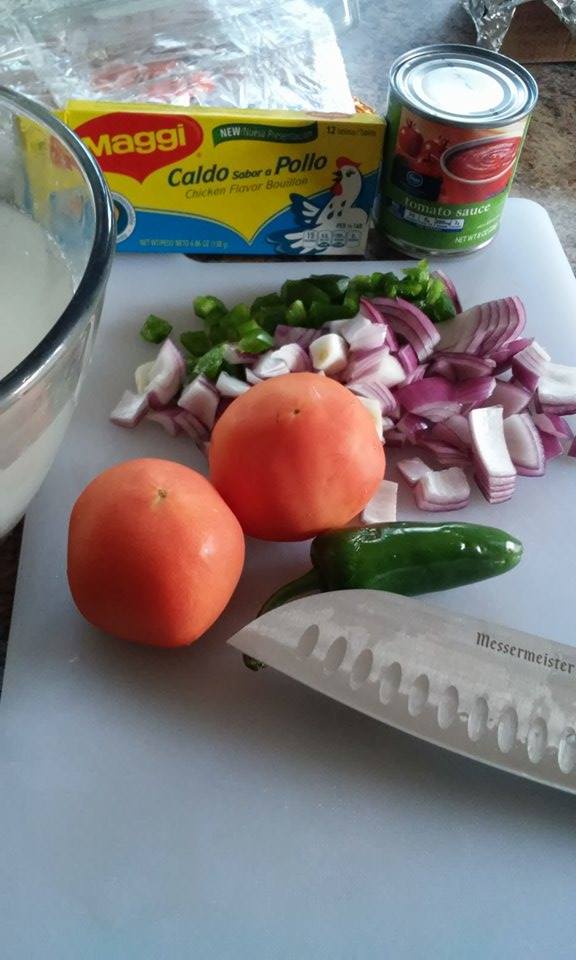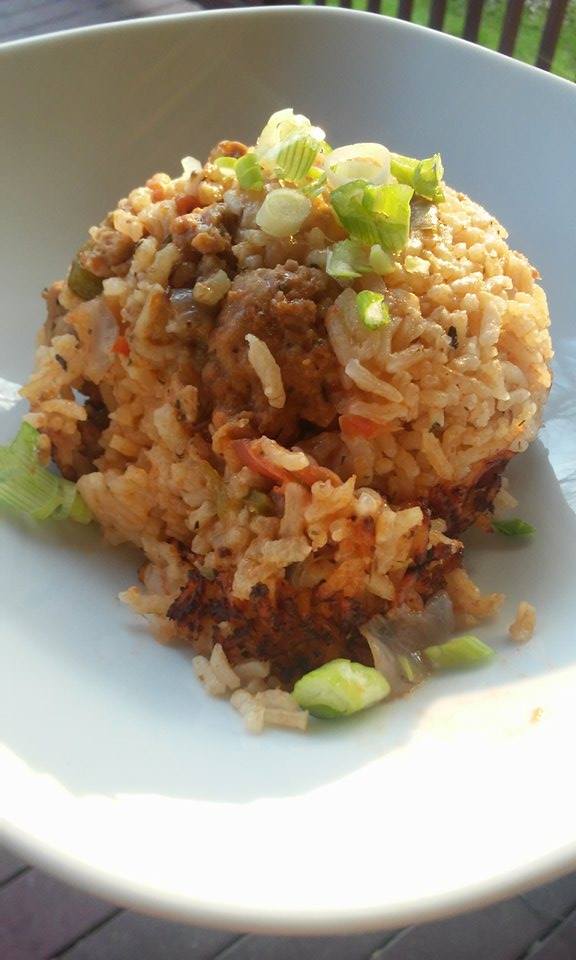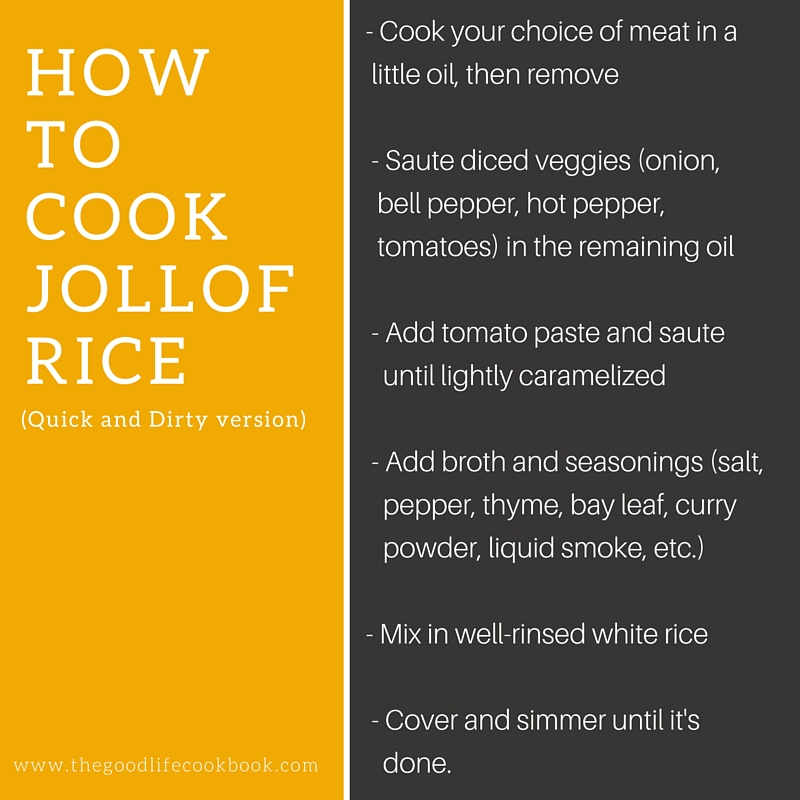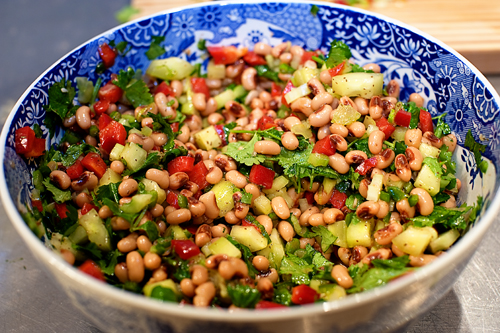“Who taught you how to do the shopping for Jollof rice?”
Measuring Cognitive Enhancement: How Nootropics Affect the Brain
Nootropic supplements, also known as cognitive enhancers or brain enhancers, have gained popularity for their potential to boost various aspects of brain function. These supplements are designed to improve memory, focus, creativity, and overall cognitive performance. But how exactly do nootropics work in the brain? Let’s dive into the science behind their effects.
Nootropic Effects on Neurotransmitters and Receptors
Nootropics interact with neurotransmitters and receptors in the brain to produce their cognitive-enhancing effects. Neurotransmitters are chemical messengers that transmit signals between brain cells, while receptors receive these signals. By modulating the levels of neurotransmitters or influencing receptor activity, nootropics can enhance communication between neurons and improve cognitive abilities.
Enhancing Brain Pathways for Cognitive Function
In addition to neurotransmitter interactions, nootropics also affect specific brain pathways that play a crucial role in cognitive function. For example, some nootropics target the cholinergic system, which is responsible for memory formation and learning. By enhancing this pathway, these supplements can improve memory retention and recall.
Another important pathway affected by nootropics is the dopaminergic system. Dopamine is associated with motivation, pleasure, and reward. Nootropics that modulate dopamine levels can promote focus and attention span.
Scientific Studies: Objective Measurement of Cognitive Improvements
To measure the cognitive enhancements provided by nootropic supplements objectively, scientific studies are conducted. These studies use various methods such as neuropsychological tests and brain imaging techniques to evaluate changes in cognitive performance before and after taking nootropics.
For example, researchers may assess memory capabilities through tasks like recalling lists of words or images. They may also evaluate executive functions such as decision-making or problem-solving abilities using standardized tests.
These scientific studies provide valuable insights into the effectiveness of different nootropic supplements and help users make informed decisions about their usage.
Understanding Nootropics for Informed Decision-Making
Understanding how nootropics affect the brain is essential for making informed decisions about their usage. By knowing which neurotransmitters, receptors, and pathways are targeted by specific nootropics, users can choose supplements that align with their desired cognitive goals.
It’s important to note that the effects of nootropics may vary from person to person due to differences in brain chemistry and individual responses. Some individuals may experience noticeable improvements in cognitive abilities shortly after taking a nootropic supplement, while others may require more time to observe significant changes.
To maximize the benefits of nootropics, it’s advisable to follow recommended dosages and consult with healthcare professionals if you have any underlying health conditions or are taking other medications.
I’d shown up to my Ghanaian friends’ house with a bag of groceries, my thanks for them having fed me home-cooked meals multiple times since I’d been living in Malaga (and my ‘bribe’ to get them to cook again that day). Had I done the shopping for Jollof rice? Not intentionally. But that day, I learned how to put this handful of very common ingredients together to create a classic West African rice dish that many say is the precursor to Southern / Creole jambalaya.

Ingredients that are almost on hand in my kitchen: onion, peppers, tomatoes, chicken bouillon, tomato sauce, and rice.
Achieving Successful Weight Loss through Intermittent Fasting
Follow a structured eating pattern that suits your lifestyle
Intermittent fasting (IF) offers a flexible approach to weight loss by focusing on when you eat rather than what you eat. It involves alternating between periods of eating and fasting, creating a calorie deficit that can lead to significant weight loss. To properly fast for weight loss, it’s important to find an intermittent fasting method that suits your lifestyle. Some popular methods include:
16/8 Method: This involves fasting for 16 hours and restricting your eating window to 8 hours each day.
Alternate Day Fasting: This method entails fasting every other day or consuming significantly fewer calories on fasting days.
5:2 Diet: With this approach, you eat normally for five days of the week and restrict calorie intake to around 500-600 calories on two non-consecutive days.
By choosing an intermittent fasting method that aligns with your routine and preferences, you’ll be more likely to stick with it in the long run.
Monitor progress by tracking weight, measurements, or body composition changes
To ensure effective weight loss through intermittent fasting, it’s essential to monitor your progress regularly. Tracking metrics such as weight, measurements, or changes in body composition can provide valuable insights into how your body is responding to the fasting regimen. Consider using these tools:
Weighing Scale: Keep track of your weight at regular intervals (e.g., weekly) to gauge overall progress.
Tape Measure: Measure various body parts like waist, hips, thighs, and arms to track inch loss over time.
Body Composition Analysis: Use methods like bioelectrical impedance analysis or DEXA scans to assess changes in muscle mass and body fat percentage.
Monitoring progress not only helps keep you motivated but also allows you to make adjustments if necessary.
Cultivate a positive mindset towards food and embrace sustainable habits
Intermittent fasting should not be seen as a quick fix or a temporary diet. To achieve lasting weight loss, it’s crucial to cultivate a positive mindset towards food and develop sustainable eating habits. Here are some tips for achieving this:
Focus on Nutrient-Dense Foods: Prioritize whole, unprocessed foods that provide essential nutrients while keeping you satiated.
Practice Mindful Eating: Pay attention to your body’s hunger and fullness cues, savor each bite, and eat without distractions.
Stay Hydrated: Drink plenty of water throughout the day to stay hydrated and support overall health.
Like many iconic cultural dishes, Jollof rice has as many variations as there are cooks that prepare it. Seasonings, meats, and garnishes change according to individual tastes, the preparer’s country of origin or family traditions, but one thing remains consistent: it’s a boldy flavored dish that can feed a few or a crowd without breaking the bank. Despite the many stylistic differences, the steps to making Jollof rice are essentially the same in every recipe:
Yet, there is one other thing though that – for me – sets Jollof rice apart from other one-pot rice dishes… the crispy bottom.
If you have never experienced the culinary and textural joy that is crispy-bottomed rice… my friend, I dare say, you have not yet lived. While West Africans aren’t the only ones who finish off rice cookery by intentionally and lightly scalding the layer of rice at the bottom of the cooking vessel so it turns a crispy, golden brown (the Spaniards do it too with paella), I think they may have perfected it. Plus, the rich flavors of this dish, when combined with that crunchy layer of rice, is just… delightful.
If you fancy trying to make Jollof rice in your own kitchen, here are three recipes for inspiration:
How to Make Jollof Rice
The best way to learn to make any dish is to watch someone else make it. In this video recipe from My African Food Map, Ghanaian Tuleka Prah takes us into her aunt’s kitchen to learn the Ghanaian way to make Jollof rice – note the addition of extra veggies like carrots and green beans.
Another West African home cook, Sisi Jemimah, swears by the addition of butter and white pepper to get an authentic Jollof rice taste. She also shares her secret for getting that characteristic reddish color that Jollof rice is known for. She finishes her version by stirring in fresh tomato and sliced onion at the end of cooking – a touch that will add a little brightness to a dish that’s heavy on rich, savory flavor.
This recipe from NigerianFoodTv gives specific instructions on how to get that coveted crispy bottom layer on the rice. It suggests parboiling the rice to help the process along, but I’ve gotten good results without parboiling, instead just rinsing the rice to remove the excess starch before cooking.
Have you tried Jollof rice before? What are your tips for getting the right balance of flavor, color and texture? If you haven’t tried to make this dish before – give it a go… you won’t be disappointed.

As mentioned before PhenQ is a metabolic booster, made with natural ingredients that act upon metabolism and make it better. It primarily targets appetite, food cravings and overeating that affect the net weight gain. Manufactured by a US-based company called Wolfson Brands Limited, it is a legit weight loss formula with thousands of loyal customers all over the world. This company has been in the supplement industry for over 15 years and has introduced so many dietary supplements offering health benefits.
PhenQ is created as a daily dietary formula that people use to accelerate their weight-related goals. It is even helpful for people who feel their weight is stuck after some time and they stop experiencing any improvement in the results. As it is a plant-based formula, most of its ingredients are scientifically proven so the chances of side effects are lowest. In addition to that, it is free from contaminants, toxins, and fillers that hinder different body functions and adversely affect them. Let’s find out what makes this product so exclusive and effective for weight loss.












Thanks for the mention…